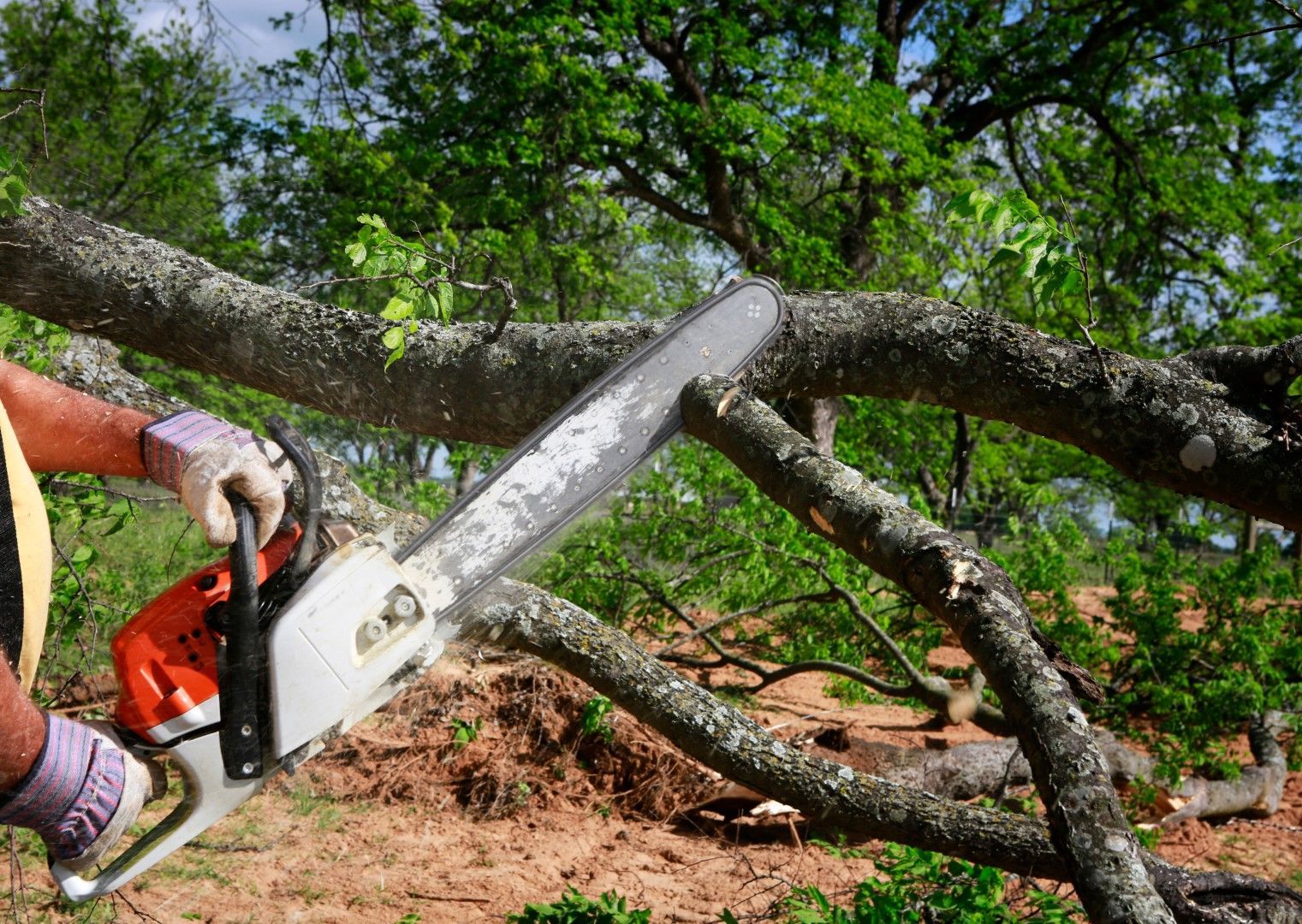Santa Clarita Tree Service
(661) 338-5661

Noticing when your trees need trimming can be complicated, but it’s crucial for their health and safety. Have branches grown wildly beyond their natural shape or tangled with power lines or fences? What about dead or diseased limbs showing brittleness or odd discoloration?
An uneven growth pattern can also make trees more susceptible to storm damage. Observing these signs is essential, but there’s more to it than just a glance. So, how do you ensure your trees are in their best shape?
Overgrown Branches
When branches stretch beyond their natural shape, it’s a clear sign that your tree needs trimming. Overgrown branches can lead to a host of issues. They can entangle nearby structures like power lines, fences, or your home. This can pose a safety hazard, especially during storms. Additionally, such branches can block sunlight from reaching the inner parts of the tree, affecting its overall health and growth.
Overgrown branches can make a tree look lopsided or unbalanced. This not only detracts from the aesthetic appeal of your yard but can also make the tree more susceptible to wind damage. Trimming these branches helps maintain the tree’s structural integrity and promotes even growth.
Furthermore, overgrown branches can compete for nutrients with the rest of the tree. Trimming them back allows the tree to allocate resources more effectively, supporting healthier foliage and fruit production if it’s a fruit-bearing tree. Regularly trimming overgrown branches ensures your tree remains robust and well-shaped. So, paying attention to those wayward branches is essential for your tree’s overall well-being.
Dead or Diseased Limbs
Dead or diseased limbs are another clear indicator that your tree needs trimming. When you spot brittle branches, broken or show no signs of life, it’s time to take action. Dead limbs can be hazardous, especially during storms or high winds, as they can easily snap and fall, posing a risk to people and property below.
Diseased limbs, on the other hand, can spread illness throughout the tree or even to neighboring trees. Look for signs like discolored leaves, fungus, or oozing sap. These are red flags that something’s wrong. Trimming these affected branches promptly is crucial to prevent the disease from worsening.
To identify dead limbs, perform a simple scratch test. Gently scrape the bark with your fingernail. If the layer beneath is brown and dry, the limb is dead. Healthy branches will reveal a green, moist layer. For diseased limbs, consult an arborist if you’re unsure about the symptoms.
Regularly inspecting your trees and addressing dead or diseased limbs can significantly enhance their health and safety. Don’t wait until a problem becomes severe; timely trimming can make all the difference in maintaining a vibrant, safe landscape.
Unbalanced Appearance
Over time, trees can develop an unbalanced appearance, with branches growing more densely on one side than the other. This often happens due to uneven sunlight, prevailing winds, or obstacles nearby. When you notice this uneven growth, it’s a sign that your tree might need trimming.
An unbalanced tree not only looks awkward but can also pose risks. The heavier side may become more susceptible to damage from storms or strong winds, increasing the chances of branches breaking off. This can be hazardous, especially if the tree is near your home or a walkway. The tree’s health can also suffer as nutrients and water are unevenly distributed.
To address this, you’ll want to trim the overgrown sections to restore balance. Start by identifying which branches are causing the imbalance. Remove them carefully, ensuring you don’t cut too much at once. Gradual trimming over a few seasons can help the tree regain a more symmetrical shape without stressing it too much.